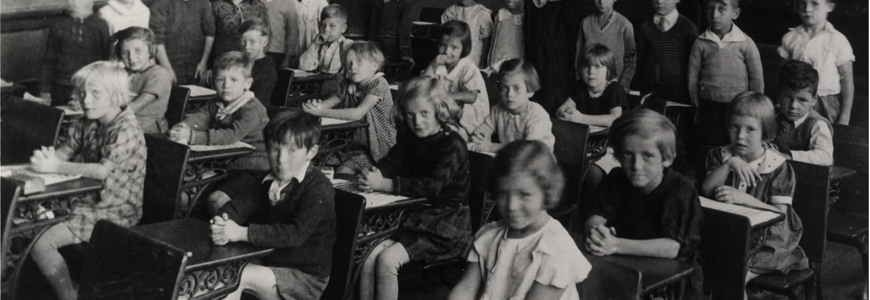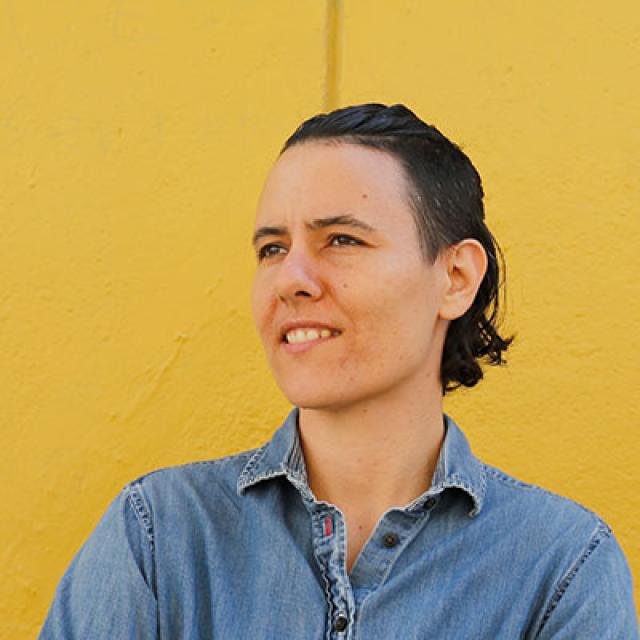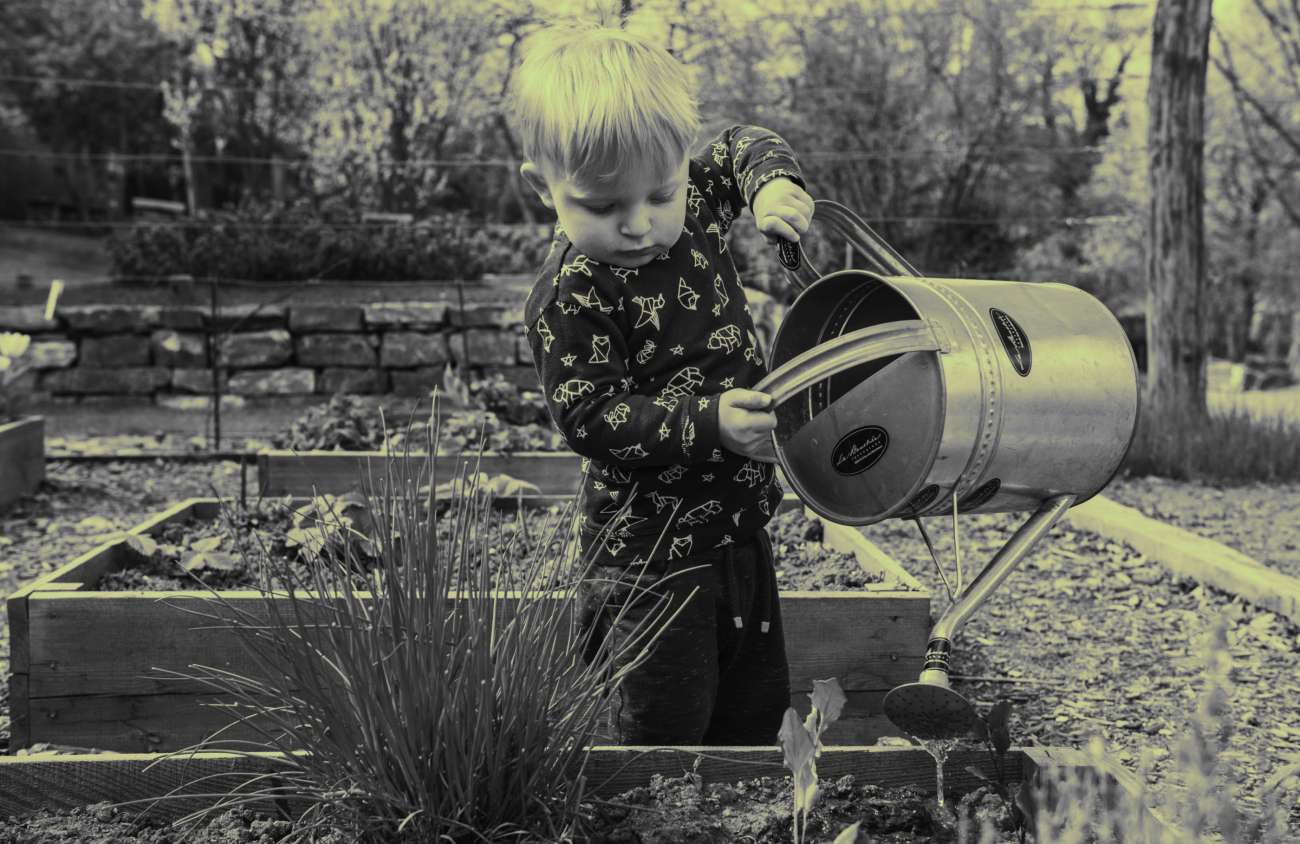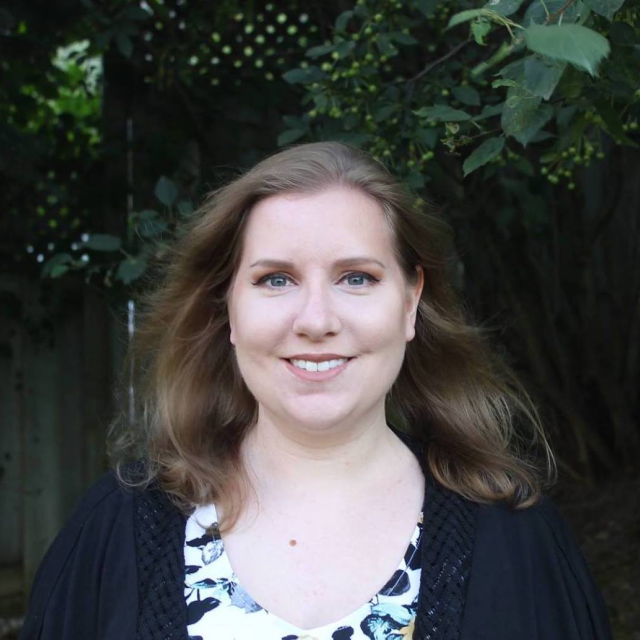What We Learned in 2015

Share
2015 never existed — no one can prove it. It was a construct we used to help us mark time and get to brunch on the right day. All that matters is the blazing pinpoint of light that is Now. But if we play along and say 2015 did happen, it would follow that we learned from our experiences in it. So now that we’re into this thing called “2016,” can we carry forward anything of use? I queried the Kalamuna hive to find out, so I offer to you their wisdom from a “previous” dimension:
Katy Pool, Developer: Do Not Throw Away Your Shot
Last year, I learned a lot about Alexander Hamilton. His life is pretty incredible and contains some valuable lessons: Don't let anyone tell you you can't do something great, but don't let ambition interfere with happiness." Also, don't get into duels with dudes named Aaron Burr.
Josh Walker, Designer: Learn How to Pronounce Foreign Food Names
I used to not order phò because I knew I couldn’t pronounce it. So I missed out. That was really dumb. A Vietnamese friend corrected me once as I said “FOH,” and now, everything’s changed. I feel more intimate with the dish, like I have some secret talisman shaped like the “ở” that makes it ok for me to eat this delicious soup.
Andrew Mallis, Co-Founder, Solutions: Watch for Zeppelins Over Oakland
The Kalamuna office is in downtown Oakland, home to the Oakland Tribune building, built in 1906. It’s a city landmark and a fixture in the life of all of us who work downtown. Recently I discovered that the flagpole atop the Tribune tower was built for a purpose other than bearing a flag: it was for mooring zeppelins. Apparently, the airships were to be tied to this mast, allowing the a ship’s drop ladder to come down onto the building’s 20th floor walkway. But I don’t know if any zeppelin ever landed there. A model of transportation that requires you to shimmy 300ft in the air down a rope ladder wearing a flapper dress is an unsurprising UX fail in retrospect.
Thiago de Mello Bueno, Designer: Do Yoga, Use Placeholders in SASS.
Being that we make the Internet I figure I should talk about an Internetty thing I learned, which is that placeholders are really useful in SASS. I also learned that it is important for me to do yoga, formally, in a class, on a mat. Earlier in the year, I attempted to stretch my arm while riding my bike, and I lost my balance and fell, breaking my collarbone. That wouldn’t have happened if I had been stretching in a class. Since then, I’ve hunkered down and gone to a yoga class at least once a month. It’s not much, but I find it grounding and relaxing.
Shannon O’Malley, Creative Director, Strategist: Think Less, Act More
In 2015 I learned that all the thinking in the world is nothing compared to action. You can think and think and think and have all these great ideas, but until you act on one of them, you won’t change and you won’t change the outside world. Also: you think that an action is going to result in something, you think you can predetermine things, but you can’t know the result until you act.
Ken Lo, Office Manager: Catch Up
I’m still trying to learn what they taught me in kindergarten.
Rob Loach, Senior Developer: Dystopia is Here
Granted, most of the time I spent teaching myself anything in 2015, it was about node.JS, and I got a lot out of that. But I also learned about — and subscribed to receive — a new “food” called “Soylent.” The name should ring a bell: “Soylent Green” is a 1973 film depicting a dystopia in which much of the population survives on processed food rations, including one called "soylent green.” Do the purveyors of Soylent 2.0 know about the heritage of their name? Or are they a bunch of millennials for whom the name, (and, probably, 1973) means nothing? Or are they just that cynical?
John Nguyen, Project Manager: There’s Always a Way Out
2015: My wife and I were in New York. We went out to eat late at night because that’s what we do while in New York. The Blizzard had not hit yet, and wasn’t slated to until the next day.
Heading back to our hotel via the subway at about 2am, we found ourselves locked out of the shortcut through the Port Authority Bus Terminal that we’d become accustomed to taking. A crazy lady sat on her suitcase and told us all the busses had been canceled, and that they were planning on locking people underground until all the snow cleared after the blizzard.
We thought she was just a typical, crazy person in the subway tunnels, but when we approached an exit, it was gated up and chained together, like in the Titanic movie when they locked all the people in the boat’s lower levels once the ship was starting to go down.
We frantically ran around trying to see if there were any open exits. Most were chained up. We panicked. Were we going to have to sleep in the stinking, fluorescent-lit New York Subway? Our autopilot vacation mode had been disrupted, and we were not ready for this change of paradigm. We were not ready for this moment. I existed in unreadiness for fifteen minutes, unable to accept a future of an indefinite amount hours trapped under New York City.
Thankfully, we did find an open exit, eventually. Sadly, that lady probably never found her way out, and had to spend her night sleeping in the deep underground.
Andrew Ward, Co-Founder, Communications: You Don’t Own A Thing
After moving in with my partner, I quickly realized that everything I owned was suddenly “ours”. She would also let slip the new fact that my things were “hers” and this would run parallel to new rules, implemented by her, on what were once my things. I enjoyed my things while I had them, but it’s nice not to have to stress out about having so much stuff. I let her stress out about all the things because I enjoy my freedom of an ownerless life.





